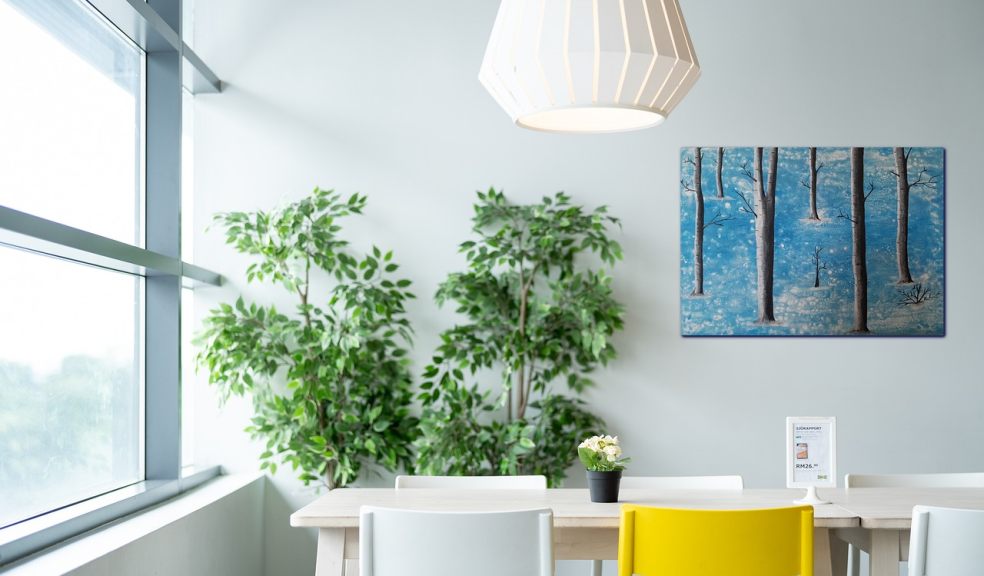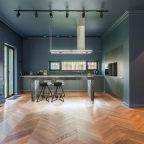
What Is Biophilic Design—and Why Art Matters
In an age where our homes serve as both refuge and workspace, integrating art that echoes the natural world offers more than aesthetic appeal—it supports well-being and creates a sense of harmony. Biophilic art—pieces inspired by organic shapes, subtle textures, and calming palettes—can reduce stress, improve focus, and forge a deeper connection with the outdoors, even when you’re nestled inside. Below, we explore the core principles of biophilic art, highlight key 2025 trends, share practical display tips, and explain how seasonal rotation keeps your décor feeling fresh and alive.
Understanding Biophilic Art
Biophilic design taps into humanity’s innate affinity for nature by weaving natural motifs and materials into interior spaces. Unlike living plants, which require care and space, artful depictions of foliage, landscapes, and biomorphic forms deliver consistent visual impact without the upkeep. Neuroscientific research shows that even viewing images of greenery can lower blood pressure and anxiety while enhancing cognitive performance. Textured canvases and layered paint techniques further engage the sense of touch, inviting a multisensory experience that deepens our perception of space.
2025 Trends in Biophilic Interiors
Biomorphic Modernism
Biomorphic design emphasizes fluid, irregular contours—think the undulating curves of pebbles, water ripples, or leaves. In 2025, this translates to artwork framed or shaped in non-rectangular formats, as well as abstract compositions that evoke botanical or aquatic forms. These pieces act as visual oases, their organic silhouettes contrasting with the straight lines of furniture and architecture.
Earthy Color Palettes
The dominant hues for 2025 are rooted in earth: muted olives, warm terracottas, deep mocha browns and even sophisticated oxblood reds. These colors not only complement botanical imagery but also foster feelings of warmth and security. Pair a rust-toned canvas with linen cushions and wooden accents to create an enveloping cocoon of color and texture.
Home Wellness Nooks
Wellness corners—small zones dedicated to meditation, reading or gentle stretching—are on the rise. A calming landscape or a diptych of abstract florals can serve as the focal point, encouraging relaxation whenever you step in. Soft lighting and minimal decor around the artwork amplify the sense of retreat.
Five Tips to Display Nature-Inspired Art
Anchor with a Statement Piece. A single, large-scale painting—perhaps a misty woodland or cascading waterfall—can define a living room or bedroom wall.
Group for Impact. Create a gallery wall of varied botanical prints, mixing sizes and frames for a curated yet organic feel.
Pair with Greenery. Flank fern- or leaf-patterned art with live plants. The interplay of real and depicted foliage intensifies the biophilic effect.
Extend Outside. Choose weather-resistant art prints on treated canvas or metal panels for covered patios or garden walls.
Texture Matters. Seek pieces with layered brushwork or mixed media—bark-like reliefs, for instance—to add depth and tactile intrigue.
Seasonal Rotation for Freshness
Rotating your art by season keeps your space dynamic and responsive to changes outdoors. Dedicate a hallway or nook to a seasonal art wall: bright florals in spring, verdant ferns in summer, amber leaves in autumn and minimalist snowy scenes in winter. This practice not only renews visual interest but also fosters a living dialogue between your interior and the ever-changing natural world.
Conclusion
By embracing biophilic art—through organic forms, earthy palettes, immersive textures and thoughtful placement—you transform your home into a sanctuary that nurtures both body and mind. Whether you opt for a grand landscape, a sculptural biomorphic piece or a rotating gallery of seasonal prints, each choice deepens your connection to nature and enhances everyday well-being.













